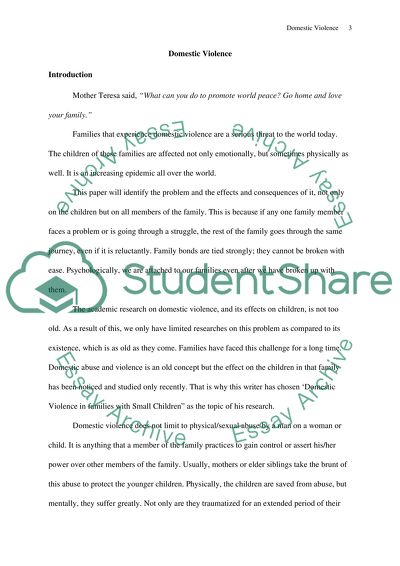Cite this document
(“Family Theories Paper Research Example | Topics and Well Written Essays - 2750 words”, n.d.)
Retrieved from https://studentshare.org/family-consumer-science/1470562-family-theories-paper
Retrieved from https://studentshare.org/family-consumer-science/1470562-family-theories-paper
(Family Theories Paper Research Example | Topics and Well Written Essays - 2750 Words)
https://studentshare.org/family-consumer-science/1470562-family-theories-paper.
https://studentshare.org/family-consumer-science/1470562-family-theories-paper.
“Family Theories Paper Research Example | Topics and Well Written Essays - 2750 Words”, n.d. https://studentshare.org/family-consumer-science/1470562-family-theories-paper.


